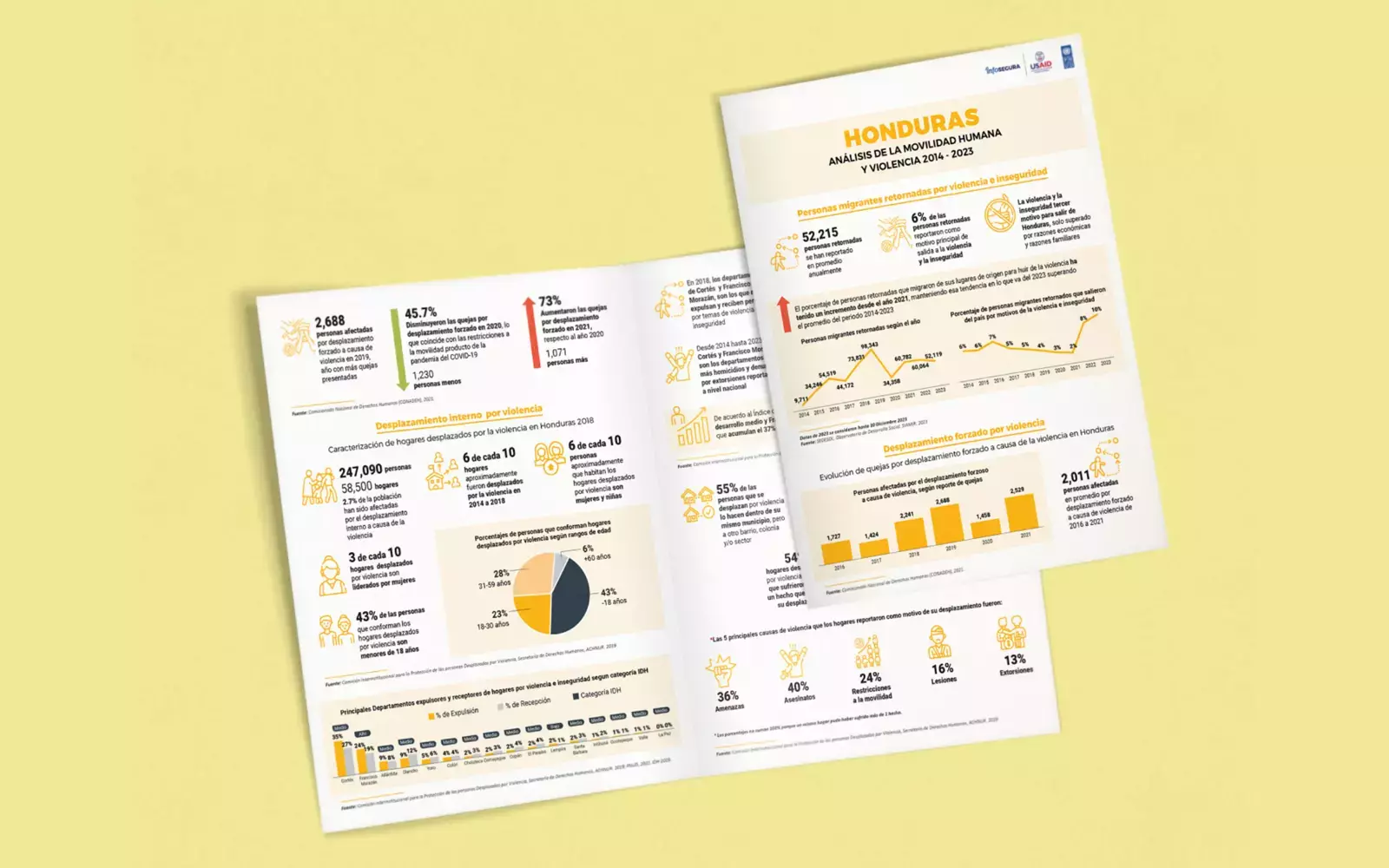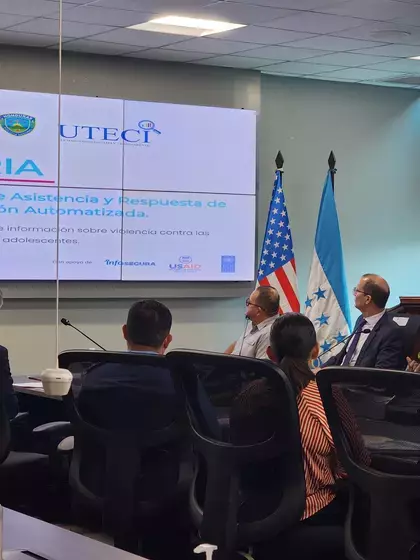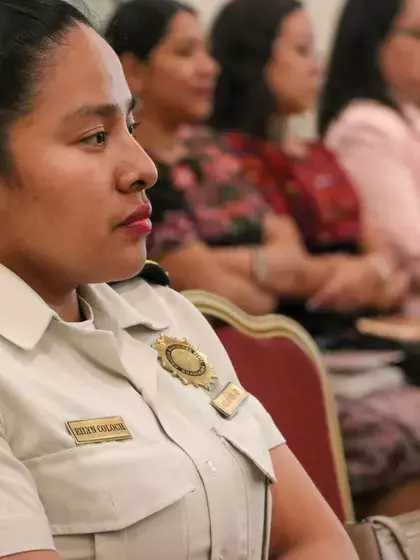Analysis of Human Mobility and Violence in Honduras 2014–2023

The purpose in presenting this analysis is to shed light on human mobility due to violence and insecurity in Honduras, informing decision-making processes and evidence-based public policy design. This analysis draws from a variety of sources of information provided by national institutions and the UNHCR, the UN Refugee Agency.
According to data from the Comprehensive System of Assistance for Returned Migrants (SIAMIR) and the Social Development Observatory (ODS) at the Secretariat for Social Development (SEDESOL), violence and insecurity is in third place among motives Hondurans give for leaving the country, after economic and family-related reasons. From 2014 to 2023, an average of 52,215 migrants have returned per year, six per cent of them reporting that violence and insecurity was the primary motive for going abroad.
The five main causes of violence that households report as driving their displacement were: threats (55%), murder (40%), restricted mobility (24%), injuries (16%) and extortion (13%).
In 2018, the municipalities of San Pedro Sula, Distrito Central, La Ceiba, Choloma, Juticalpa and Catacamas exhibited the highest percentages of violence and insecurity-related expulsion and reception of households, with 62 per cent of all households expelled nationwide and 47 per cent of all households received, all due to matters of security.
According to the violence categories in the 2021 Territorial Prioritization Index, all these municipalities are in the category of very high incidence of criminal offences and according to the 2019 Human Development Index, San Pedro Sula and Distrito Central were in the high development category, while the rest of these municipalities were in the medium development category.
The departments of Cortes and Francisco Morazan expel and receive most number of individuals in relation to issues of violence and insecurity. Cortes expels 35 per cent and Francisco Morazan 24 per cent of individuals fleeing violence; whereas, in their role as receptors, on the whole, they receive 46 per cent of all people leaving other departments (Cortes 27%, Francisco Morazan 19%).
Data from 2014 to 2023 provided by the Secretariat for Security technical working groups on violent deaths and on crime show Cortes and Francisco Morazan as the departments reporting most homicides at the national level, accounting for 43 per cent of all homicides that period: Cortes with 25 per cent and Francisco Morazan with 18 per cent. During the same period, these departments have had the most reports of extortion on record with 82 per cent of the national total.
According to the study by the Inter-institutional Commission for the Protection of Persons Displaced by Violence, the Secretariat for Human Rights and UNHCR, in 2018 over 58,000 households and more than 247,000 persons were displaced due to violence.
The National Commissioner for Human Rights (CONADEH) notes that in Honduras from 2016 to 2021, on average, 2,011 people per year were affected by violence-related forced displacement, with the most reports filed in 2019 at 2,688 people. Throughout 2020, the growing trend in this phenomenon slowed down with a 45.7 per cent reduction as compared to the previous year, coinciding with restricted mobility due to the COVID-19 pandemic.
On the other hand, the period 2014-2018 saw approximately six out of every 10 households forced out of their residences due to violence and insecurity; an estimated six in 10 of these individuals were women and girls, and, records also show that three out of every 10 were women-led households. Furthermore, the majority (43%) of people in households displaced by violence were under the age of 18; 23 per cent were people between the ages of 18 and 30, 28 per cent were between the ages of 31 and 59, and six per cent were aged 60 and over.
Publish first on UNDP Honduras website.





